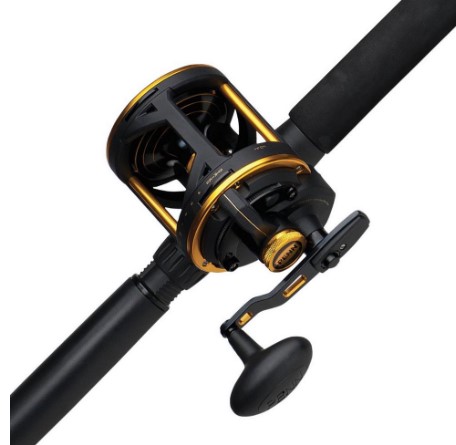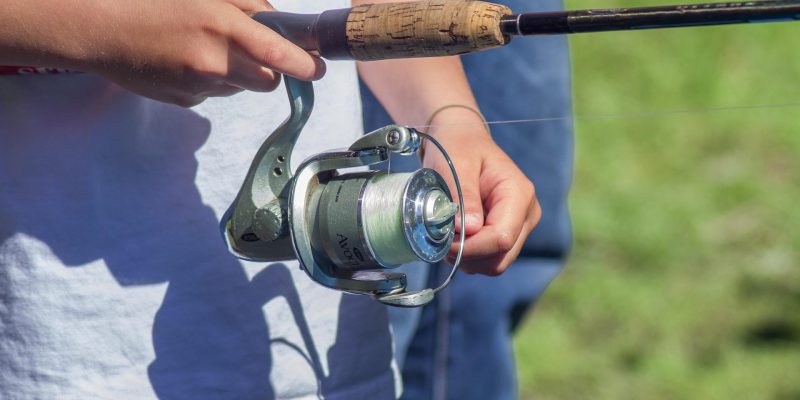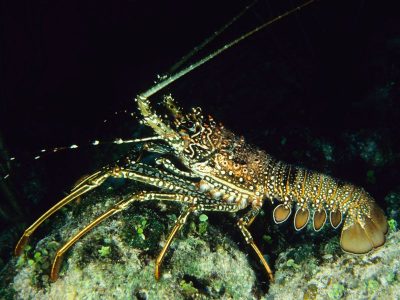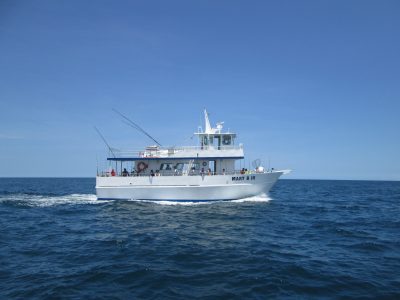When you go fishing, there are two types of reels that you can use: conventional or spinning. Both have their own advantages and disadvantages, so it can be difficult to decide which one is right for you.
What is Conventional Reel?
Conventional reels are the most common type of fishing reel. They are designed for use for trolling, bottom fishing, for baitcasting, and can be used for both fresh and saltwater fishing. Conventional reels have a fixed spool that is mounted on top of the rod, and they use a revolving handle to wind the line onto the spool. These reels can be either left- or right-handed, but most anglers prefer to use a right-handed reel.
What is Spinning Reel?
Spinning reels are designed for use with spinning rods, and they can also be used for both fresh and saltwater fishing. Spinning reels have a rotating spool that is mounted underneath the rod, and they use a winding handle to wind the line onto the spool. These reels can be used for species such as bass or in saltwater for bottom species and catching pelagics up to the size of sailfish.
❖Note: for spinning reels, if you reel while you hear the drag noise, you are not making any headway and creating curlies in the line that will make your next cast difficult. Should this happen, let all the line out while the boat is slowly moving with no weight on the end. Let the water undo the curlies for a few minutes, then reel the line back in, keeping some pressure when retrieving with the line between your thumb and index finger to keep the line tight on the reel. These reels can be either left- or right-handed, but most anglers prefer to use a left-handed reel when spinning.
Which Reel Should You Use?
Now that you know the basics of each type of reel, you may be wondering which one you should use for saltwater fishing. The answer to this question depends on several factors, such as the type of fish you are targeting, the size of the fish, and your personal preferences. Let’s take a look at some of the pros and cons of each reel type to make an informed decision about which one is right for you.
❖ For all, practice setting the drag by pulling on the line to set in advance. The drag system is like the brakes on your car, it slows the retrieve for the appropriate weight of the fish you are targeting. Learn how to adjust the drag in advance.

Conventional Reel

Baitcaster
Conventional Reels:
- Are more common and easier to find
- Some conventional reels are used with baitcasting rods, which are also more common and easier to find
- May be easier to use for beginners
Advantages of a Conventional Reel:
[stu alias=”fishverify_blog”]
- Can handle heavier line weights than a spinning reel
- Good for offshore trolling or bottom fishing
- More powerful drag system
- Easier to fight large fish
Disadvantages of a Conventional Reel:
- Heavier and more difficult to use than a spinning reel
- Line can become tangled more easily. For offshore, the angler may have to guide the line back and forth with a finger for the line to be retrieved evenly. If the line bunches up in the middle and not evenly, the line may break should it touch any hardware on the reel.

Spinning Reels:
- Use a rotating spool that is mounted underneath the rod, which some anglers prefer
- Can be used with spinning rods, which some anglers prefer
- May be lighter in weight than conventional reels
Advantages of a Spinning Reel:
- Lighter and easier to use than a conventional reel
- Line is less likely to become tangled
- Can be used for a variety of different fishing techniques
Disadvantages of a Spinning Reel:
- Can only handle lighter line weights than a conventional reel
- Less powerful drag system
Ultimately, the decision of which reel to use when saltwater fishing comes down to personal preference. If you are a beginner, you may want to start with a conventional reel depending on the fish you are targeting.
❖ If you are more experienced, you may prefer a spinning reel however, there are many reel sizes. For instance, 2500 is for small to medium fish. 3000 and 4000 for medium. 5,000 is for heavier fish. Most reels state the pound test on the reel and the line capacity.
❖Whichever type of reel you choose, make sure that it is the right size and weight for the fish you are targeting. If you are targeting smaller fish, then a spinning reel would be the better choice. However, if you are aiming for larger fish, then a conventional reel would be the better option. You might consider having both types to be prepared for a variety of fish.
We hope that this blog post has helped you to decide which type of reel to use when saltwater fishing.
Do you have any experience with using either a conventional or spinning reel when saltwater fishing? If you have any questions or would like to share your own experiences, please leave a comment below.
We’d love to hear from you!
[/stu]


